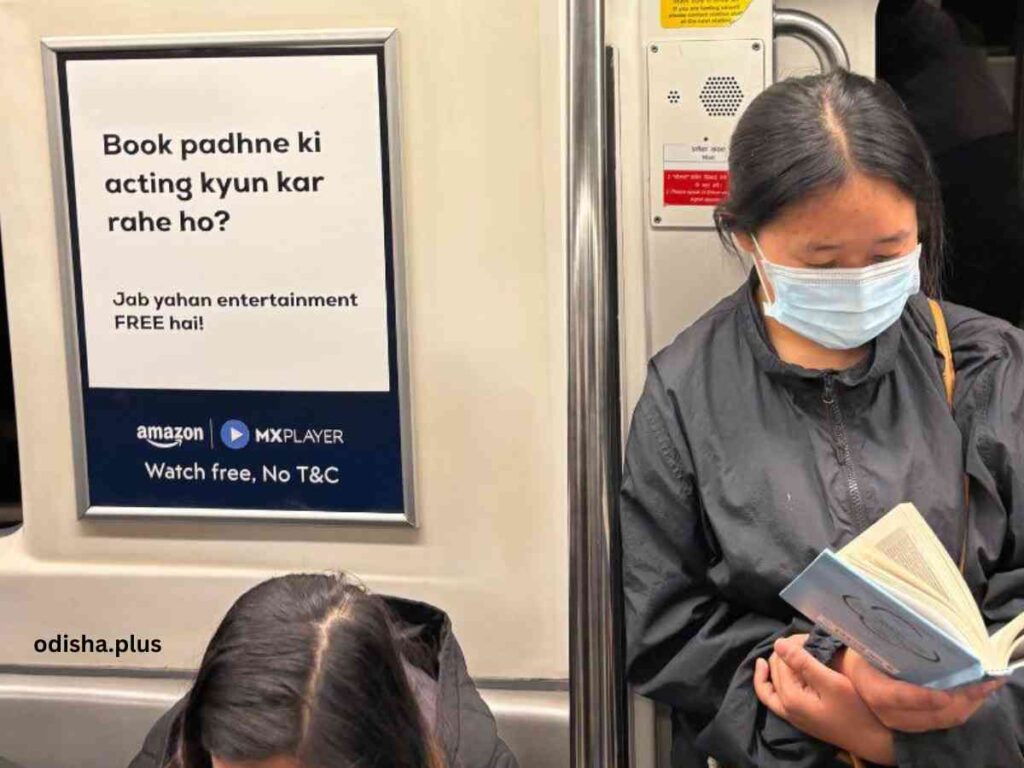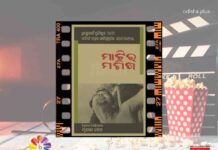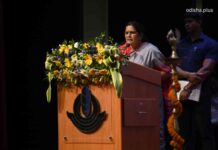Kumbh Mela is a vast gathering that unites people from all backgrounds, promoting unity & inclusivity
Mrinal Chatterjee

Kumbh Mela is the largest congregation at a religious event in the world. As per Government estimate, about 40 crore people will attend the ongoing Mahakumbh at Prayagraj-that is nearly half of the population of the Europe continent.
People believe that taking a holy dip at Kumbh will lead to salvation. This act symbolizes renewal, spiritual awakening, and the quest for liberation (moksha).
Kumbh is held at some year’s interval (which varies as per astrological calculations) at Prayagraj, Haridwar, Ujjain and Nashik, which are located besides respectively the confluence of Ganga, Yamuna and mythical Saraswati, Ganga, Shipra and Godavari.
Tens of thousands of sadhus and sannyasis (sages and ascetics) come to Kumbh to take a holy dip.

Mythological significance of Kumbh revolves around the story of the samudra manthan or ocean churning which was done by the gods and demons to obtain the invaluable ratnas or the jewels and amrita or the nectar of immortality. However, it is still unclear when exactly the Kumbh Mela started.
Some historians believe that King Harshavardhana began it at Allahabad around 644 BC. However, as per other historians, it is thought to have originated in the 8th century initiated by Adi Shankara. As per the records, the first Kumbh Mela event was organised in 1870, under British supervision.
Beyond its religious aspects, the Kumbh Mela serves as a unique platform for community building and knowledge exchange. It brings together people from all walks of life, fostering a sense of unity and inclusivity. The gathering also serves as a hub for intellectual and spiritual discourse, with saints and scholars sharing their wisdom.
Kumbh Mela in Literature
Kumbh Mela, which draws tens of millions of people to come here braving severe cold and extreme difficulties has made many litterateurs, thinkers, philosophers wonder, what makes them do so.
Mark Twain (1835-1910) after visiting the 1895 Mela wondered why “….multitudes upon multitudes of the old and weak and the young and frail enter without hesitation or complaint upon such incredible journeys and endure the resultant miseries without repining.”
Jawaharlal Nehru (1889-1964) was amazed at the unwavering consistency of faith that drew millions of people from across the vast country to Kumbh Mela. Samaresh Basu (1924-1988), who wrote in Bengali explored this in his novel ‘Amrita Kumbher Sandhane'(1954). It was made into a film in 1982. Many writers have portrayed the condition of people coming here. In fact this was the plot of the first Hindi story written by a woman writer – Rajendrabala Ghosh, who used to write in the pen name ‘Banga Mahila’.
Titled ‘Kumbh Me Choti Bahu’ it was published in 1907 in the well-known Hindi literary journal Saraswati. Several Indian authors have used Kumbh Mela as a backdrop for their stories. One notable example is Raja Rao’s The Serpent and the Rope, where the protagonist’s spiritual journey intertwines with the ethos of the Kumbh Mela. The festival’s symbolic representation of rebirth, cleansing, and self-discovery often serves as a powerful narrative device.
I am writing a longish essay on this.
Books
Whoever took this photo on a Delhi Metro train surely has eyes that can think, and whoever wrote that line for this ad for Amazon MXPlayer knows society’s hypocrisies like the back of their palms.

Whoever reads books in these times of tyranny of the screen is someone who bears hope for a sane tomorrow.
(Courtesy: Anand ST Das)
Quality of Education
It is heartening that we have been able to put 9 out of ten children in school. However, the quality of education that our students are getting in school is highly suspect. Year after year the Annual Status of Education Report (ASER) by non-government organisation Pratham has shown this.
Now another report foregrounds the gap between praxis and academics in our school education. Child vendors can mentally calculate complex market transactions in seconds but struggle with simpler abstract maths taught in schools, while their school-going peers excel at academic maths but fail at basic real-world calculations, reveals a new study by a team of researchers including Nobel laureates Esther Duflo and Abhijit Banerjee that exposes a stark disconnect in India’s mathematics education.
We have to teach our children well. Focus on quality is needed. Otherwise our demographic dividend will turn into monstrous liability.
Tailpiece: A dip at Kumbh
My friend Nabaghan wanted to go to Kumbh to take a holy dip.
His wife asked, “What sins have you committed that you want to do to Kumbh?”
He cancelled his trip.
(The author is Regional Director Indian Institute of Mass Communication, IIMC Dhenkanal. Views expressed are personal.)

























